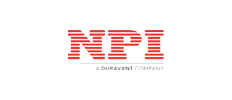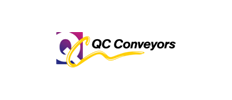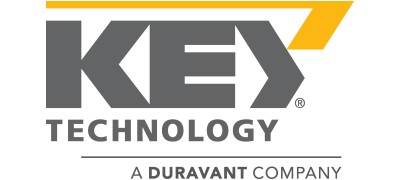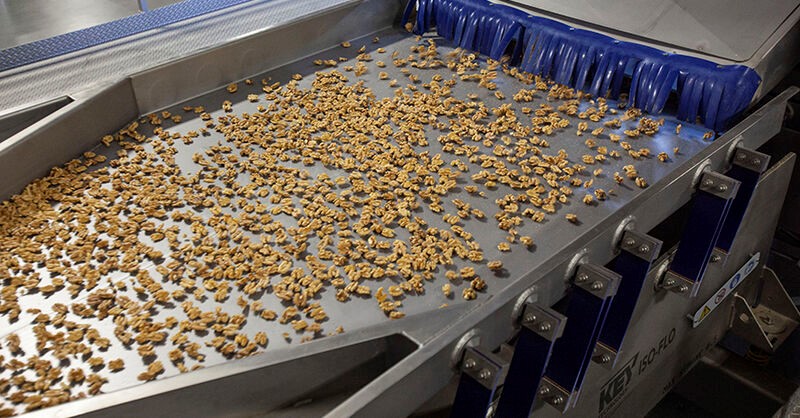
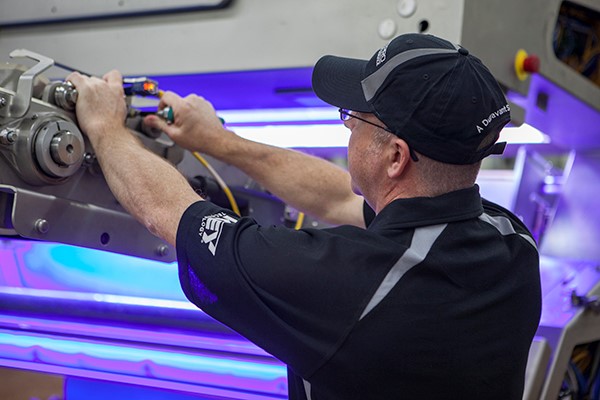
October 2021
It is that time of year once again, when we focus on seasonal activities. Whether you are starting up for the operating season, or preparing for the end of season shutdown, it is time to take the steps necessary to ensure the long life and optimum operation of your equipment.
This issue of Service Advisor is focused on seasonal maintenance activities that can also be employed by year-round processors as a best practice. We also take a moment to remind you of the importance of passing along tribal knowledge. Save this email to your service tips and tricks file, and don’t forget to take advantage of our October consumables promotion. Keep reading to learn more!
Seasonal Maintenance for Shakers and Sorters
Sorters
- Clean all exterior surfaces following your company’s procedures for use of cleaning agents and personal protective equipment (PPE).
- Check all door gaskets and replace as needed to ensure proper closure and seal. If the sorter is equipped with a laser scanner, check all safety interlock switches for proper operation.
- Remove, clean, and store the conveyor belt.
- Inspect and clean all rollers, motors and gears. Lubricate them as needed.
- Run a cycle test and replace defective ejector valves.
- Verify that the system holds air and water pressure at recommended levels. Remove and replace defective air and water filters.
- Check the wipers and cylinders, verify nozzle orientation and spray function, inspect brushes or squeegees.
- Verify all lamps are working and note those that need to be replaced. Inspect windows for stains and scratches.
- For seasonal startup normalize lighting system, align cameras/lasers to the lanes and segment colors for background, good product, defects and foreign materials.
- Replace or plan for replacement of faulty or defective parts prior to startup.
Shakers
- Clean and sanitize the entire shaker, ensuring no product residue or debris remains following your company’s procedures for use of cleaning agents and personal protective equipment (PPE). Thoroughly rinse to remove all caustic agents used in the cleaning process.
- Check for any signs of wear or damage on the bed and frame. Repair immediately. For large cracks, consult with Key regarding repair or replacement prior to operating.
- Inspect all screen clamps, screen pockets, gates, diverters, cylinders and valves for proper fit and operation.
- Inspect and identify arm springs that need to be replaced at seasonal shutdown. Check and replace as necessary before seasonal startup and during operation.
- Iso-Drives – Drain and replace oil prior to seasonal startup. Replace drive belt annually. Confirm sheave, motor alignment and belt tension. Verify drive weight and motor belt guards are securely in place.
- EVM Drives – remove covers and verify weight settings.
If you are a seasonal processor, proper storage procedures and specifications for your equipment can be found in your technical manual.
These are just a few of the items our SupportPro service technicians cover in our comprehensive equipment audits. Remember, if you need any maintenance assistance, or parts replacements, our team is just a click away.
The Importance of Tribal Knowledge
 Seasonal maintenance is also an opportunity to pass along tribal knowledge.
Seasonal maintenance is also an opportunity to pass along tribal knowledge.
Step-by-step procedures are great for maintenance activities , but they do not always help the mechanic or technician understand other aspects that affect reliability. Even the best written procedures may leave out little details that have been learned over the years. Passing along this knowledge is important for future operations.
So, what are some of the valuable things that are probably not documented and considered tribal knowledge?
- Identification of machines that should be given more attention either because they are critical to the operation, or because they are more complex in operation.
- Identification of the most common failure modes and rates of failure to help focus maintenance activities.
- Identification of the indicators that help to detect and mitigate a failure.
Tribal knowledge also includes troubleshooting. Key Technology technical manuals are great resources for troubleshooting and include symptom and cause charts, as well as troubleshooting trees. These tools are a great start, but the knowledge that comes form hands-on experience is invaluable.
For more maintenance tips, read through previous issues of Service Advisor. As you check your equipment’s wear parts (including lights, bearings, rollers, motors, belts, spring arms, etc.) contact our Parts Sales for assistance with any of your parts needs. we can also provide you with our tribal knowledge through a startup or shutdown service visit or via our online training. We are always just a phone call away.
Last Chance to Stock Up and Save on Shaker and ADR Consumables!
Place an order now through the end of October and take advantage of these limited-time savings!
- Save 5% on orders totaling $2,000 – $5,000
- Save 8% on orders totaling $5,000 – $10,000
- Save 10% on orders totaling $10,000 or greater
More Newsletters
-
April, 2022Five Reasons to Invest in Employee Training Read More →
-
March, 2022Let’s Talk Shakers : Tips to Tune & Maintain your Iso-Flo and Impulse Conveyors Read More →
-
February, 2022Safety 101, Care Tips, & Training Resources Read More →
-
January, 2022Cleaning and Sanitizing Safety Tips for Your VERYX Sorter and Iso-Flo Conveyor Read More →
-
December, 2021A Year in Review: the Service Advisor in 2021 Read More →











